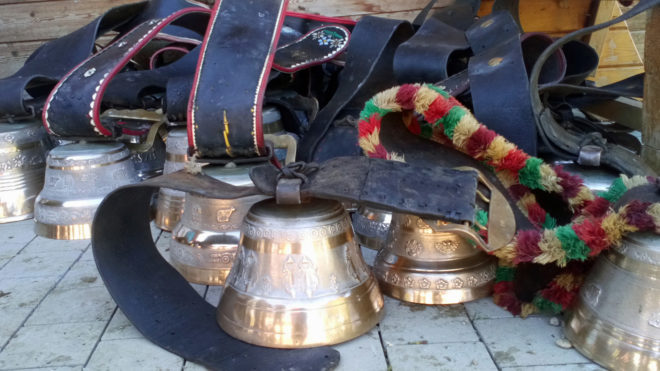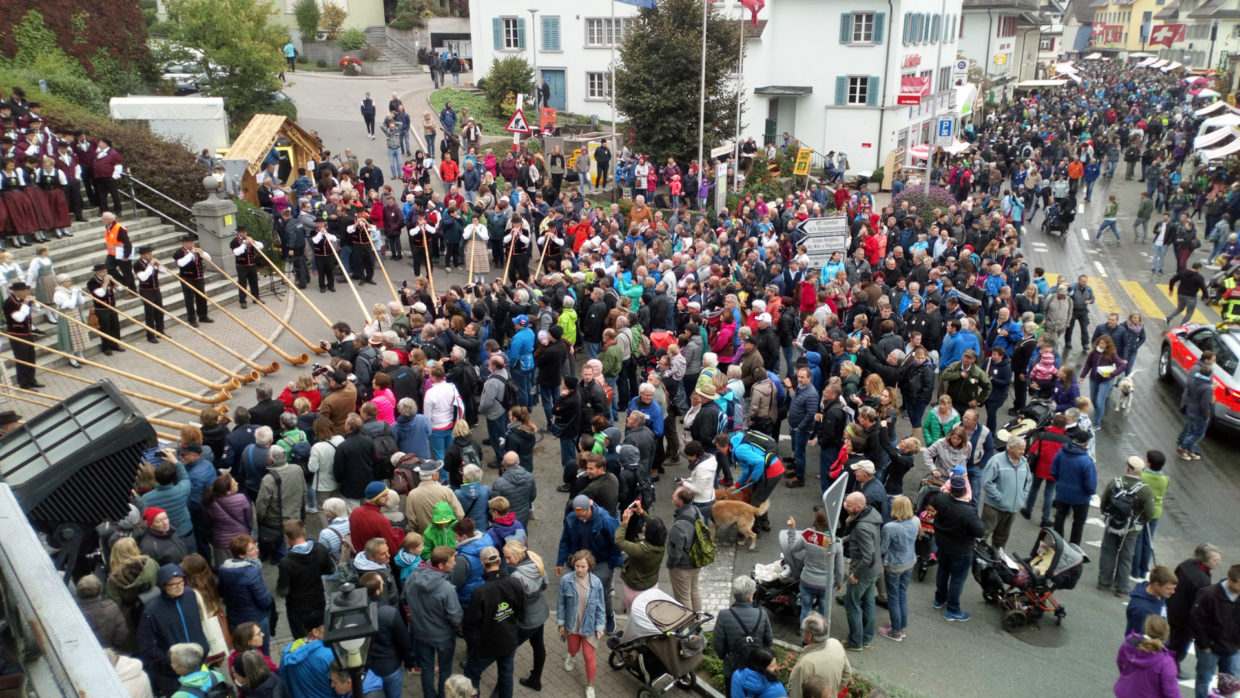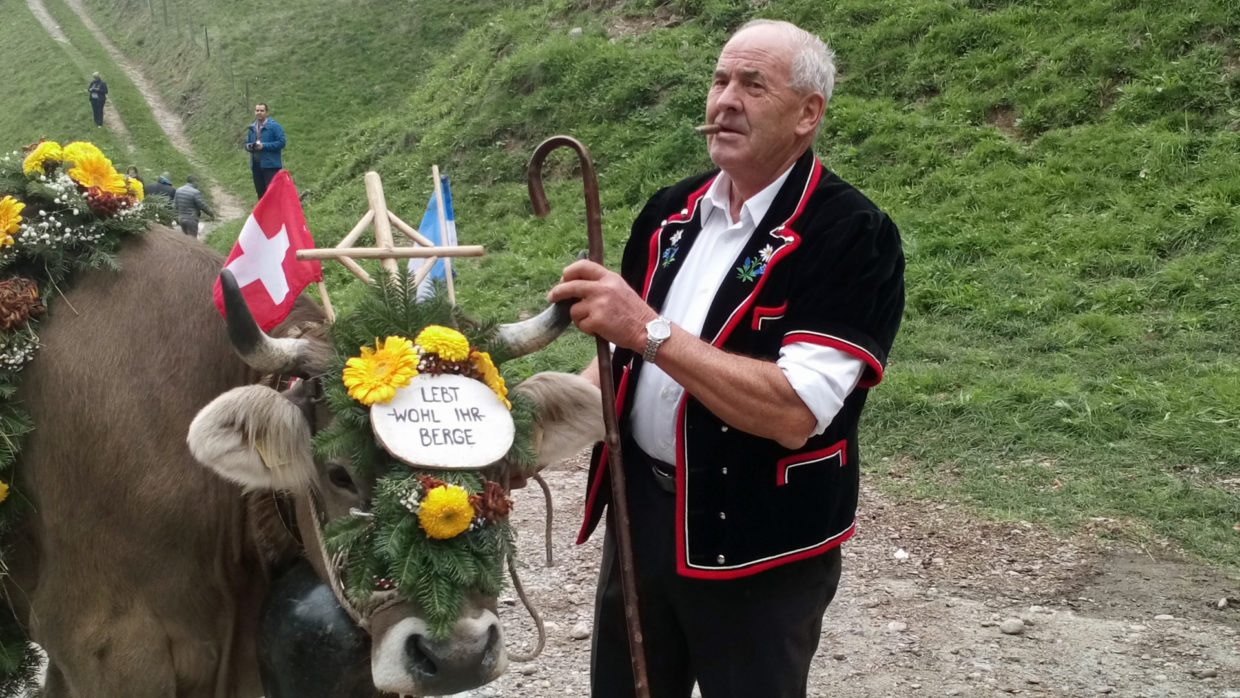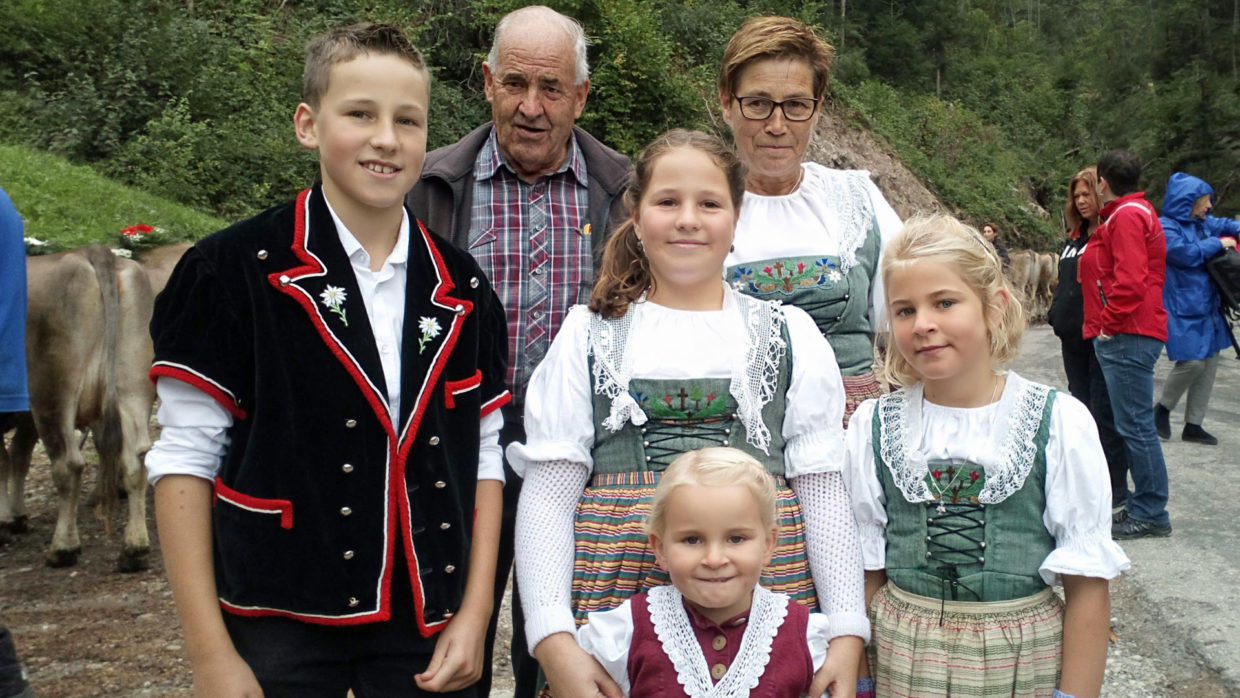As Swiss traditions go, this has to be one of the most stirring. Seeing the pride on farmers’ faces as they parade their animals – bells clanging – through the streets of the local town, the joy with which onlookers celebrate the occasion, and the traditional music, food and clothing – it’s an atmosphere never to forget.
And it’s a tradition that goes back hundreds of years – the cows graze the alpine pastures over the summer months, producing rich fresh milk for their calves or to be made into Swiss mountain cheese, and are then brought down to their lowland homes for the winter. The movement takes place every autumn, involving nearly 1m animals across Austria, Germany and Switzerland – and in many areas it has become a major tourist attraction.
Entlebuch tradition
In Entlebuch – which is one of the world’s 669 biospheres, including Yellowstone National Park and the Galapagos islands – the event holds a special place in farmer Hans Felder’s heart. His family have been bringing the cows down from the Alps since 1910 – and it’s a tremendous occasion.
“It makes me feel very proud that people appreciate us and come out to see us – it’s quite impressive,” he says. “This is the fifth generation to do the Alpabfahrt – the youngest is a year old – and it’s very important that it continues.”
It makes me feel very proud that people appreciate us and come out to see us – it’s quite impressive
Hans Felder
Mr Felder grazes 33 suckler and milking cows at Mittler Farnere near Lucerne, with 30ha of alpine pasture (4,600 feet up) and 8ha down the mountain. His is one of seven farms to take part in the local Alp Descent, which ends up in the town of Schüpfheim, where tens of thousands of people turn out to celebrate.
With his son, five daughters, and grandchildren – who get the Friday off school to prepare for the big event on Saturday – there are around 25 family members taking part in the descent. Preparations include weaving flowers into decorative sashes and head-dresses for the cows, polishing the cow bells, and making sure the traditional dresses and suits are clean and pressed.
Ceremonial cow bells
The big day arrives, and there is a nervous buzz in the air. With the cows tethered in a long line, Mr Felder and his family wash them before attaching the ceremonial cow bells – much larger than those worn while grazing in the fields – along with the flower sashes and head-dresses.
Things get somewhat chaotic as another farmer passes by with his own herd of Swiss Brown cows, decorated with sunflowers and herded by men in short-sleeved black velvet jackets and women wearing green dresses with pale pinafores. Merry greetings are exchanged as the families separate their rather friendly cows, and the other family go on their way down the mountain.
It’s time to leave. Mr Felder’s grandchildren Robin (12) and Ellie (11) lead the way with two handsome brown goats, decked out with appropriately tinkling bells. Next in line comes 78-year old Hans leading the grand-dames of the herd, which are the most heavily decorated, followed by the younger cows and calves.

The ceremonial cow bells are much larger than those worn while grazing in the fields.
Tourist attraction
It could be a health and safety nightmare, as local residents and tourists line the road, snapping photos and video of the smiling and waving farmers. But these cows are well handled in their small herds and seem unperturbed by the incessant jangling of the cow bells or their ornate head-dresses.
More than five miles – and nearly 2,300 feet in altitude – later, the Felders enter the picturesque town of Schüpfheim. Although it only boasts just over 4,000 residents, today it attracts over 10,000 visitors, who throng the streets, frequenting local food and craft stalls and enjoying traditional music and dancing performed by Swiss adults and children alike.
There is an important aspect to this local tradition – it really helps to build links between farmers and the general public. Farming in the Entlebuch region is not economically viable, so producers rely on government support as well as adding value to their produce and selling direct.

Although the picturesque town of Schüpfheim only boasts just over 4,000 residents, on the day of the Alp Descent it attracts over 10,000 visitors.
Local cheese
By bringing the public in direct contact with farmers – and in such a jovial atmosphere – they see the cows and the pride their owners take in them. They taste the local cheese, meats, bread and beer, and witness the importance of rural traditions. Nestled in the stunning Swiss countryside, it’s a festival which celebrates the wider value of farming as well as the cows themselves.
As they wave to the crowds and pat their cows on the back, the Felder family look much more relaxed as they enter the final stretch, having successfully guided their livestock down the mountain roads, ready to head back to their home farm at Steimättili, on the outskirts of Schüpfheim. Some farmers even dismantle their milking parlours and relocate them in time for the evening milking.
But first it’s time to unwind, knock back a beer and traditional sausage, and enjoy listening to the alpenhorn orchestra and yodeling choir, assembled on the steps of the town church. The festivities go on well into the evening, but the goodwill engendered by the Alpabfahrt will last for a lifetime.


